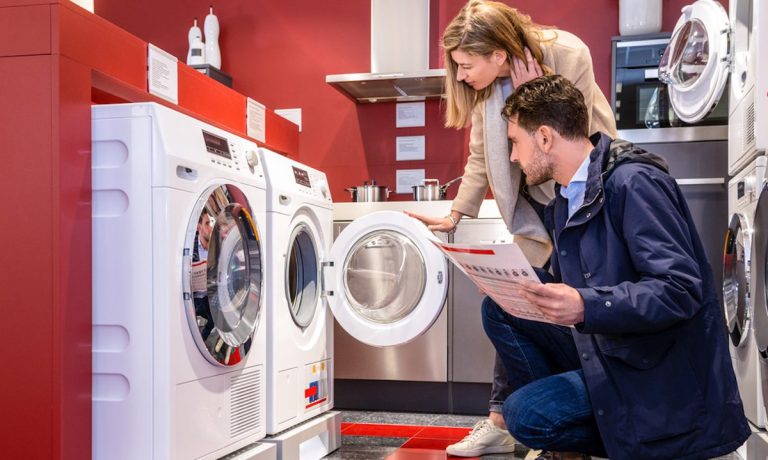
Ask more than 2,500 U.S. consumers what they want from product protection offerings like extended warranties, and you’ll find the psychology of value driving a lot of decisions.
The Language of Trust: Decoding Product Protection Purchasing Behaviors, a PYMNTS and Clyde collaboration, found that consumers have specific ideas as to which products are worth protecting via warranties, largely driven by price tags of the items involved.
This plays out most with durable goods like major appliances, furniture and pricey electronics, with the study finding that 30% of people who have recently purchased durable goods “chose to obtain coverage plans — either during the online or in-person sales process or via a post-sale follow-up — while 31% were offered coverage but declined it.”
Surprisingly, almost 40% said they were never offered an extended warranty at the time of purchase, “reflecting a significant lost opportunity in the durable goods market.”
See the study: The Language of Trust
Patterns of Protection Emerge
Product cost is a key consideration for buying extra product protection. As The Language of Trust found, “consumers added protection plans for 47% of their latest durable good purchases of $500 or more, but only for 17% of durable goods that cost less than $500.”
The merchandise most frequently protected with warranties by consumers tend to follow this pattern, with the study noting that “shoppers add product protection most frequently for D2C mattresses (40% of purchases), exercise equipment (38%), luggage (34%), electronics (32%) and furniture (30%),” observing that a desire to cover such items “reflects the reality that product protection is not just for items that are easy to break or lose — consumers also want to protect their investments in items they expect will last many years.”
The stunner here is the missed opportunity for retailers that can generate higher consumer satisfaction and loyalty using extended warranties. This is often a matter of trust.
Per the study, “To consumers, a protection plan’s value is directly tied to faith in the provider’s ability to hold up its end of the deal. Trust’s importance is borne out in the data and represents the second-most common reason consumers buy coverage: 38% of shoppers trust the company offering product protection to follow through. This share exceeds the 36% who wanted protection should the product malfunction after the manufacturer’s warranty expires, and the 33% who were worried about losing the item.”
See also: The Language of Trust
Perfecting the Pitch
Merchants and InsurTech partners are improving the odds of consumers adding product protection in a variety of ways to build trust, including their marketing approaches.
“Consumer behavior tends to vary with the language used in sales and marketing, and product protection is no exception,” the study states. “PYMNTS’ research tested differences in responses to otherwise identical survey questions that use either the term ‘extended warranty’ or ‘product protection plan,’ and results show that shoppers view product coverage plans differently depending on the term used, and notable differences exist among age groups and income brackets.”
For example, Gen Z, millennial and bridge millennial consumers show greater interest in coverage referred to as an “extended warranty.” In the case of the Gen Z cohort, 50% “expressed strong interest in extended warranties, but only 37% expressed strong interest in product protection plans. Generation X and baby boomer and senior consumers preferred product protection plans.”
Moreover, “believing the service provider will honor the agreement is a critical factor for those who want to buy a plan, and the most preferred channel for buying these plans is the original merchant, underscoring trust’s centrality in consumers’ purchasing behaviors for product protection.”
See the study: The Language of Trust